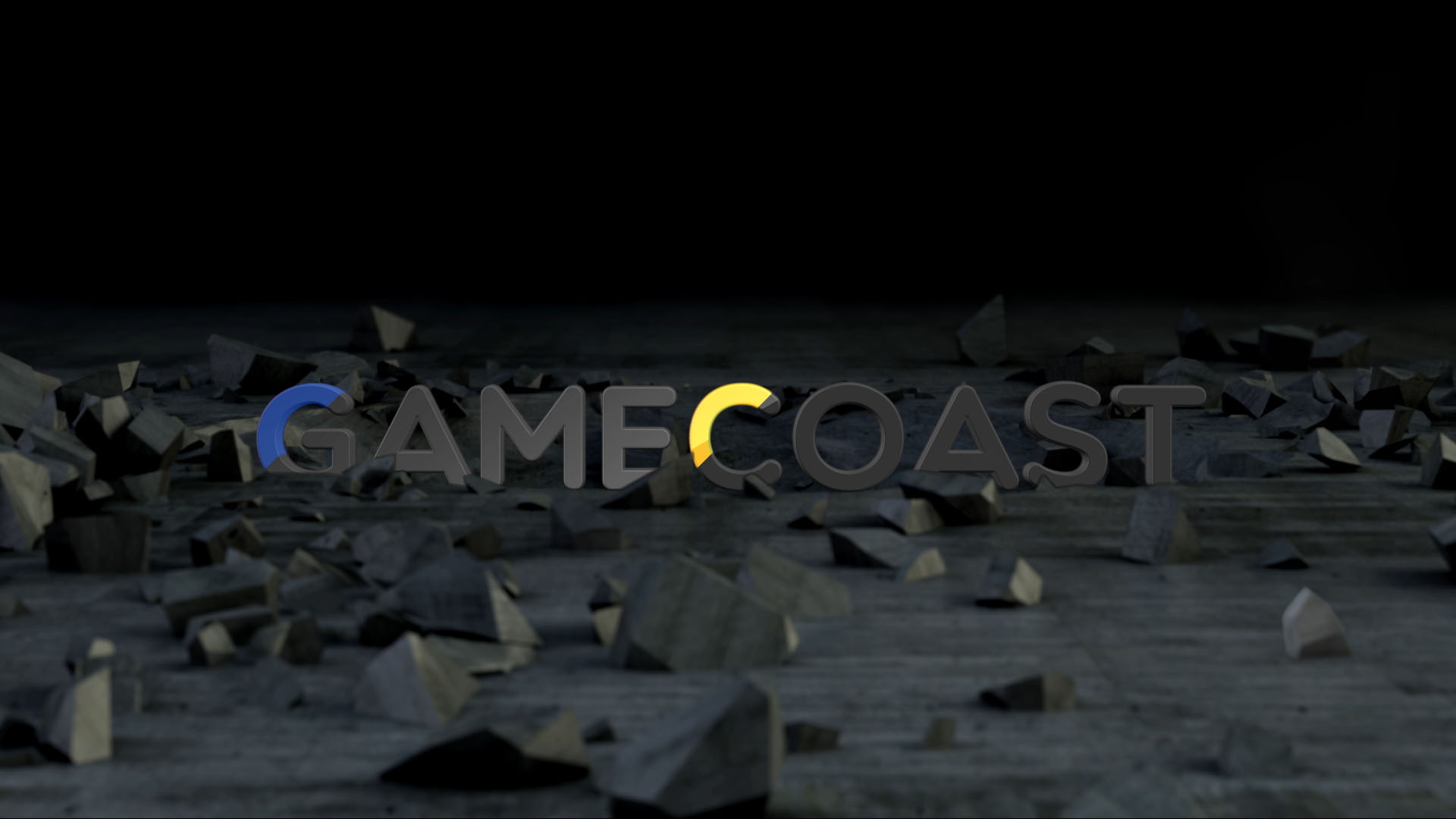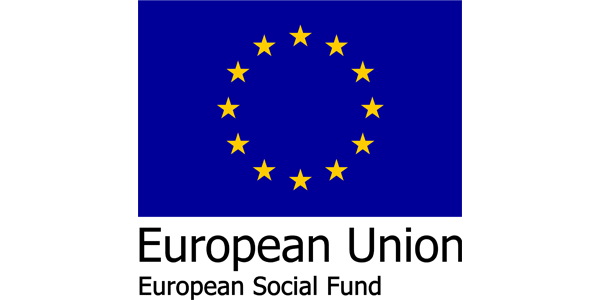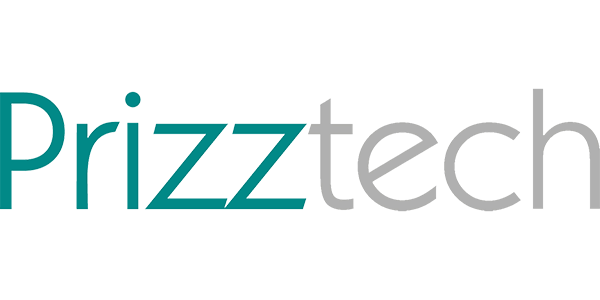What
Gamecoast is part of the Robocoast DIH consortium, our aim is to use the gamification part of 4.0 industry opportunities for example using gamification techniques can be used to engage different stakeholders in product development by eliciting requirements in different business areas. Industry 4.0 views flexibility as relevant, since the market is suffering from constant changes, gamification can assist in adapting the employees to those changes in the productive process.
Gamification provides businesses with a wealth of customer behavior data and valuable insights into customer activities. This information is part of the big data stream that can help businesses improve operational practices and identify new marketing opportunities.
Why
Gamification, combined with modern technology, enables the spread of new business areas. The Gamecoast network helps speed up product development, commercialization and the development of new technology innovations.
How
Gamecoast network offers companies an opportunity to collaborate in product development utilizing gamification to differentiate new product and services and implement collaborative business models.
Artificial Intelligence can be defined as a method of attempting to make computers understand human intelligence and imitate human-like cognitive functions such as learning and problem solving (Yin et al. 2018). According to Sebag (2014), Machine Learning has been at the core of Artificial Intelligence even before the name was coined. Machine Learning can be used for multiple purposes, from Internet searches for social media recommendation systems, to supporting marketing and sale efforts in businesses. Machine Learning systems are used to recognize targets, to turn speech into text, and to customize news, messages and products that specific customers might be interested in. (Lohi, 2018)
Augmented Reality can be defined as technology that seamlessly adds digital content into a real-world environment (Azuma, 1997). Azuma (1997) has presented three criteria for augmented reality: 1) it should combine the physical world with the virtual, 2) it should be interactive in real time, and 3) the augmented reality should occur in the real world. Augmented reality can be used in marketing for introducing new products, in the travel industry when presenting travel destinations, in the pharmaceutical industry for teaching, and in the car industry to create intelligent guides – these are just a few of the application possibilities.
Co-creation is a method where businesses, experts from different fields, and users develop a product or service in cooperation so that it corresponds better to the needs and wishes of the users. Co-creation also functions as a model for creating engagement in a specific service or brand, because customers are included from early on in the process and therefore can improve the product or service (Dietrich et al. 2017, 3). Co-creation is also seen as a creative collaborative act which further designs an existing service, product, process or even technical solution. (Steen et al. 2011, 53)
Commercialization has four stages as a process: 1) when (timing), 2) where (geographical strategy), 3) who (target market) and 4) how (marketing strategy) a product or service is marketed (Kotler et al. 2006).
Gamification is defined as the use of game design elements in non-game contexts (Deterding et al. 2011). Those game elements can be, for example, challenges, competitions, virtual signs, points, tasks, collaboration, trophies, storytelling, and levels (status). Gamification is an approach where common game elements such as points, leaderboards and badges are added to activities or systems (Cheong et al. 2013). For example, gamification can be used in advertising as interactive screens, in teaching as a way to motivate students, in healthcare as a way to describe care procedures, in manufacture industries for work safety simulation training, and in many other fields.
Industrial Cooperation has a central role in Gamecoast Network, whose most important goal is to create and deliver gamified solutions for industrial use. Gamecoast Network utilizes learning at the network level, which is seen as a process, and they integrate the way of thinking of the participating companies so that they create mutual goals, procedures and principles.
The Internet of Things is the connectivity between components, products, devices, processes, production systems, the people related to them, and the Internet in a way that their communication can be monitored and controlled even in real-time. In particular, the term “Internet of Things” refers to how devices use the Internet in the manufacture industry (Eds. Martinsuo & Kärri, 2017). The analysis of data and real-time decision making based on the results of analyses has provided the possibilities for a new kind of evaluation (WEF, 2014).
Virtual Reality is a computer-generated and simulated but seemingly real environment where the user interacts in real time. A virtual environment is an environment that imitates the real world with the help of virtual technology, or an environment of perfect fabrication, where the user can move and act in a real-time interaction with the environment (Holden, 2005). A virtual environment is used, for example, in flight simulator training, in driving schools, as a learning environment in healthcare, for providing information for tourists in museums, and for many other fields.








